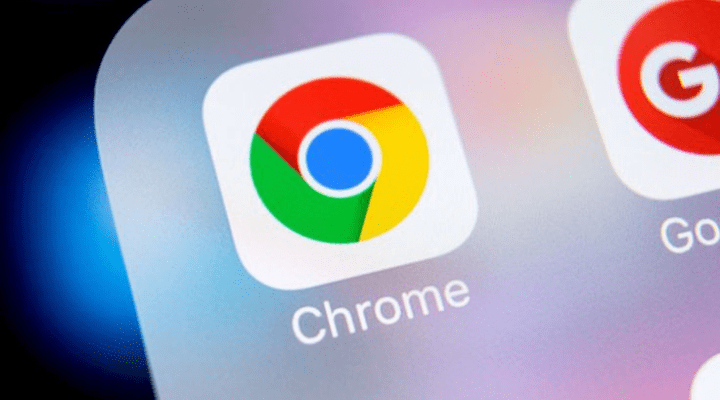Join Forward-thinking Leaders
Elevate your expertise with tech insights, startup breakthroughs, and leadership intelligence curated for your priorities.
Elevate your expertise with tech insights, startup breakthroughs, and leadership intelligence curated for your priorities.

Subscribe to our newsletter!

Google has released new accessibility features for Android, Chrome, and More. It always comes with some stunning AI features or a tech update. Now it has rolled out an update for the Android platform and Chrome web browsers.

Summary:
1. Google has introduced new accessibility features for Android and Chrome, including AI-powered real-time Creative Captions and the ability to zoom into text without changing the web page layout.
2. Chromebooks already have accessibility features, like face gesture navigation and customized Reading mode. Chrome now recognizes scanned PDFs using optical character recognition (OCR) and allows users to adjust text size without changing the web page layout.
3. Additionally, Google has introduced a “docked bar” in Gmail for Android, replacing the quick reply interface with a toolbar with various options.
It involves new features like AI-powered real-time Creative Captions, Chrome’s option to zoom into text without changing the web page layout, and other features. According to the latest AI tech news, Google is also improving existing capabilities, such as TalkBack, which can now answer searches about images without alt text.
Accessibility Features on Chromebook: Chromebooks already have various accessibility features, including face gesture navigation and customized Reading mode. Google is now adding similar tools to the College Board’s Bluebook testing program, which allows students to take online tests.
Google’s Chrome web browser will receive two new features:
Screen Reader for PDFs: Chrome will recognize scanned PDFs using optical character recognition (OCR), letting users highlight, copy, and search for content. Previously, Chrome blocked users from interacting with scanned PDFs on their desktops.
Page Zoom in Chrome: Google Chrome for Android allows users to adjust the text size without changing the web page layout. Users can pick how much they wish to zoom in and then apply the preference to all visited pages. To access this function, users can tap the three-dot menu in the top-right corner of Chrome.
Aside from these new accessibility features, Google has included a simple “docked bar” to its Gmail for Android. According to 9To5Google, the quick reply interface introduced last year is being replaced by a toolbar docked at the bottom of the screen. This toolbar has reply, reply all, forward, and emoji options.
Similarly, Microsoft is also testing the “Hey, Copilot” feature on Windows for users who signed up for Insider Builds to activate Copilot by saying “Hey, Copilot.” The testing is yet to be completed to identify possible bugs and the scope of improvements. So, it will be interesting to see this new update from Microsoft.